Outer Space & Universe
Outer Space & Universe
Space, also known as outer space, is the near-vacuum between celestial bodies. It is where everything (all of the planets, stars, galaxies and other objects) is found.
On Earth, space begins at the Kármán line (100 km above sea level). This is where Earth's atmosphere is said to stop and outer space begins. This is not a firm boundary but is a convention used by scientists and diplomats.
Items in space are free to move back and forth; up and down; and left and right. These three dimensions are what make 3D space. Items also move forward through time, which is sometimes called the fourth dimension.
The majority of space contains very little matter and so most of it is a vacuum. Scientists do not know how big space is but we do know that space is extremely big, and is always expanding.
According to the big bang theory, all matter and energy in the Universe was compressed into a very small space. Then it exploded and started expanding. Space is still growing in size today; this means the distance from one galaxy to distant galaxies is getting longer.
Gravity is the force that keeps the Moon in orbit around the Earth and the planets in orbit around the Sun. Gravity can stretch and bend space similar to how a heavy ball placed on a stretched sheet of rubber will cause the rubber to stretch. The scientist who discovered that space can bend is named Albert Einstein. How gravity bends space is part of his theory of general relativity.
Astronauts, Cosmonauts, Taikonauts and Spationauts
An astronaut is any person who is trained by NASA to travel and perform tasks in space. Although the space traveler may not necessarily be a United States citizen, each astronaut does go through a rigorous training regiment by the National Aeronautics and Space Administration. Other space travelers go by other names then astronaut depending on their country of origin.
In the United States, astronaut is derived from the Greek words ástron (star) and nautis (sailor). While, in Russia, a space traveler goes by the name космонавт (English: cosmonaut), which is derived from the Greek words kosmos (universe) and nautis (sailor). Westerners call a space traveler from China a taikonaut, based on the 1998 writings of Chiew Lee Yik and Chen Lan where the term tàikōng (great emptiness), Chinese for “space”. In China, the term yuháng yuán (universe navigator) is used for space traveler.
Only the United States of America (United States), Russia (earlier, the Union of Soviet Socialist Republics), and the People’s Republic of China (China) have sent manned spacecraft into space. Other countries have assisted these countries by sending their own space travelers on space missions. For instance, a French space traveler is called a spationaut (from the French word spationaute), which is derived from the Latin spatium (space) and Greek nautis (sailor). (plural in Greek nautes = sailors)
-
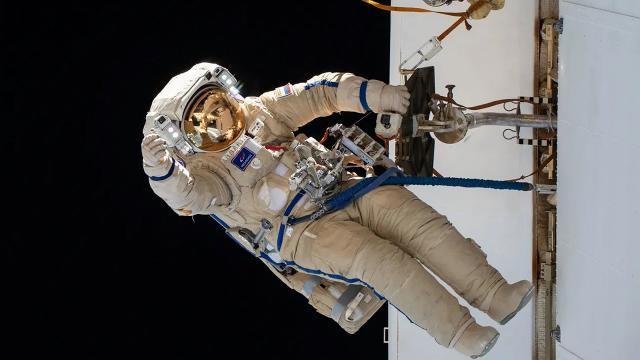
Watch live! Cosmonauts perform spacewalk outside space station
Added 64 Views / 0 LikesExpedition 72 crewmates Alexey Ovchinin and Ivan Vagnerwill conduct a spacewalk to "install an experiment package designed to monitor celestial x-ray sources and new electrical connector patch panels and remove several experiments for disposal." on Dec. 1
-
09:13
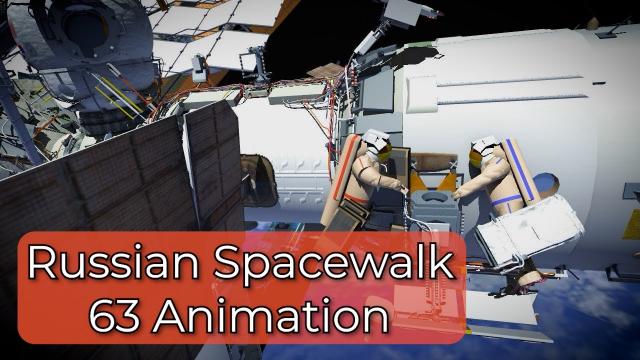
ROSCOSMOS SPACEWALK CONDUCTED OUTSIDE SPACE STATION
Added 51 Views / 0 LikesOutside the International Space Station, Roscosmos cosmonauts Alexey Ovchinin and Ivan Vagner of the Expedition 72 crew conducted a spacewalk on Dec. 19 to install an experiment package designed to monitor celestial x-ray sources and new electrical connec
-
01:06
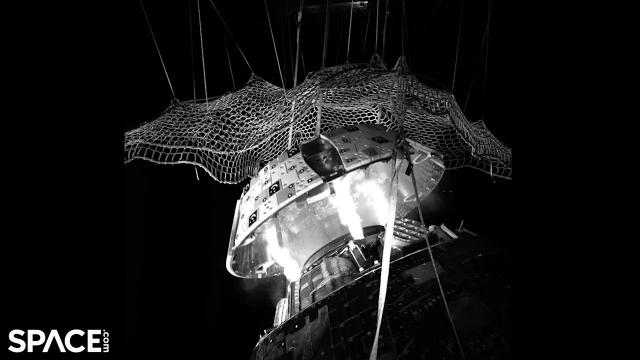
NASA ejects Orion spacecraft's forward bay cover in test - Slow motion view
Added 53 Views / 0 LikesNASA tested the Orion spacecraft forward bay cover's ejection mechanism at the Neil Armstrong Test Facility in Sandusky, Ohio. Credit: NASA/Jordan Salkin and Quentin Schwinn | edited by Space.com
-
00:30
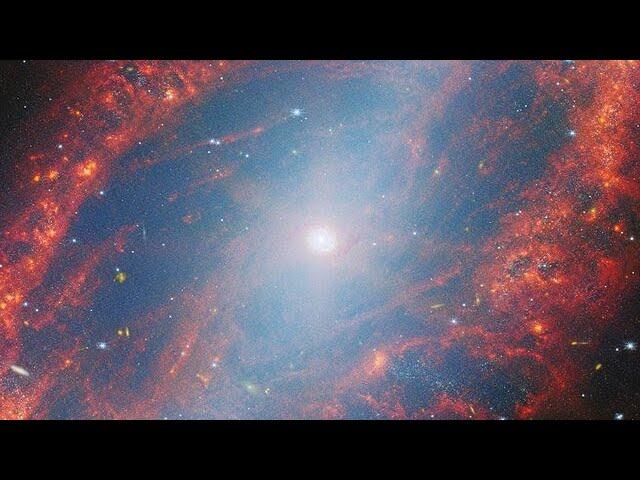
Panv video: NGC 2566 (NIRCam and MIRI image)
Added 66 Views / 0 LikesThe galaxy filling the frame in this NASA/ESA/CSA James Webb Space Telescope Picture of the Month is NGC 2566, a spiral galaxy located in the constellation Puppis. The image combines observations from two of Webb’s instruments, the Near-InfraRed Camera (N
-
00:30
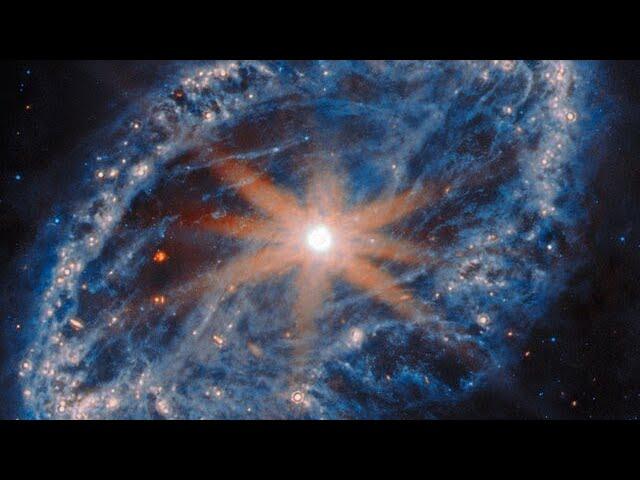
Pan video: NGC 2566 (MIRI)
Added 45 Views / 0 LikesThe galaxy filling the frame in this NASA/ESA/CSA James Webb Space Telescope Picture of the Month is NGC 2566, a spiral galaxy located in the constellation Puppis. In this image Webb’s Mid-InfraRed Instrument (MIRI) puts the thick clouds of interstellar d
-
00:30
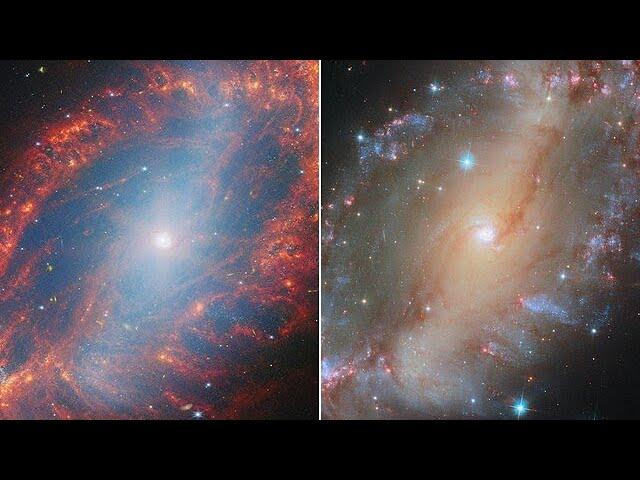
Transition video: Hubble and Webb's views of NGC 2566
Added 72 Views / 0 LikesThe galaxy filling the frame on both sides of this slider tool is NGC 2566, a spiral galaxy located in the constellation Puppis.The first view of the galaxy shown is a new image that is a combination of data from Webb’s MIRI and NIRCam instruments shows o
-
00:30
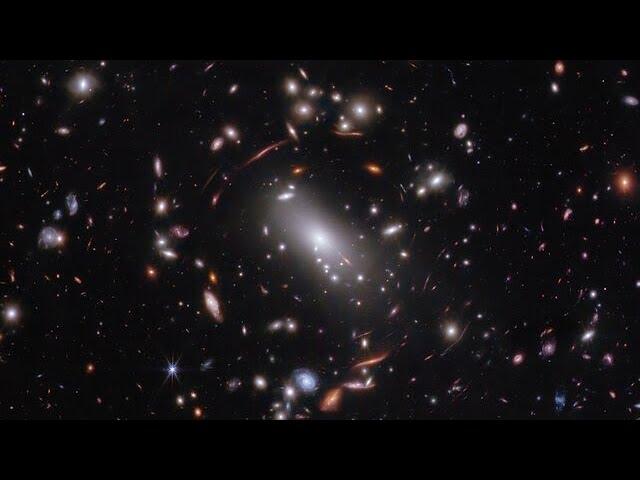
Pan of galaxy cluster MACS J1423 (NIRCam image)
Added 62 Views / 0 LikesThousands of glimmering galaxies are bound together by their own gravity, making up a massive cluster formally classified as MACS J1423.The largest bright white oval is a supergiant elliptical galaxy that is the dominant member of this galaxy cluster. The
-
00:30

Pan: NGC 5643
Added 43 Views / 0 LikesToday’s NASA/ESA Hubble Space Telescope Picture of the Week features the glorious spiral galaxy NGC 5643, which is located roughly 40 million light-years away in the constellation Lupus. NGC 5643 is what’s known as a grand design spiral, referring to how
-
00:30

Pan: NGC 1637
Added 45 Views / 0 LikesThe subject of this NASA/ESA Hubble Space Telescope Picture of the Week is NGC 1637, a spiral galaxy located 38 million light-years from Earth in the constellation Eridanus.This image comes from an observing programme dedicated to studying star formation
-
00:30
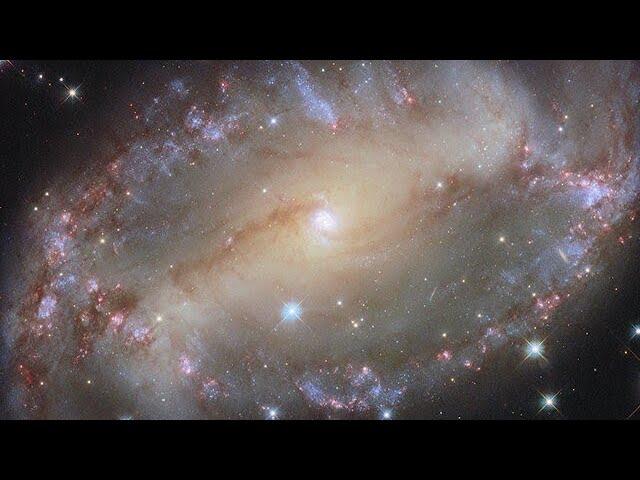
Pan: NGC 2566
Added 42 Views / 0 LikesFeatured in this NASA/ESA Hubble Space Telescope Picture of the Week is the spiral galaxy NGC 2566, which sits 76 million light-years away in the constellation Puppis. A prominent bar of stars stretches across the centre of this galaxy, and spiral arms em
-
01:37
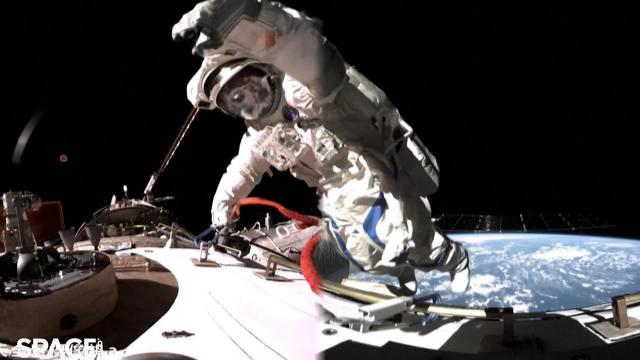
China's Shenzhou 19 crew conducts spacewalk outside Tiangong space station
Added 55 Views / 0 LikesChinese astronauts Cai Xuzhe and Song Lingdong conducted a spacewalk outside the Tiangong Space Station on Dec. 18, 2024. Their tasks includes the "installation of the space station's debris protection device and inspection of extravehicular equipment," a
-
10:37
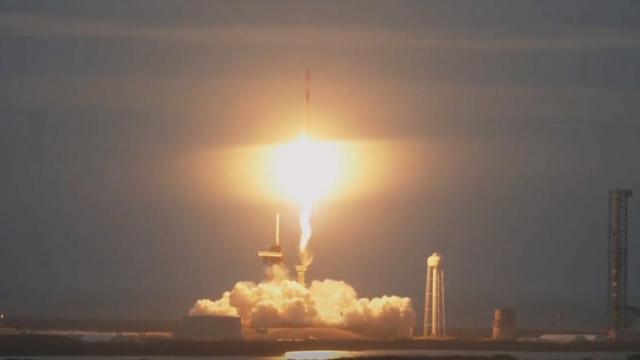
Blastoff! SpaceX launches SES O3b mPOWER mission from Florida, nails landing
Added 58 Views / 0 LikesA SpaceX Falcon 9 rocket launched the SES O3b mPOWER mission from Launch Complex 39A (LC-39A) at Kennedy Space Center in Florida on Dec. 17, 2024. Credit: SpaceX
-
02:18

SpaceX Starship single engine test fire simulates flight 7 in-space burn
Added 55 Views / 0 LikesA single engine on the flight 7 SpaceX Starship was test fired on Dec. 17, 2024 to simulate an in-space burn. Credit: Space.com | footage courtesy: SpaceX | edited by Steve Spaleta (https://x.com/stevespaleta)
-
01:24
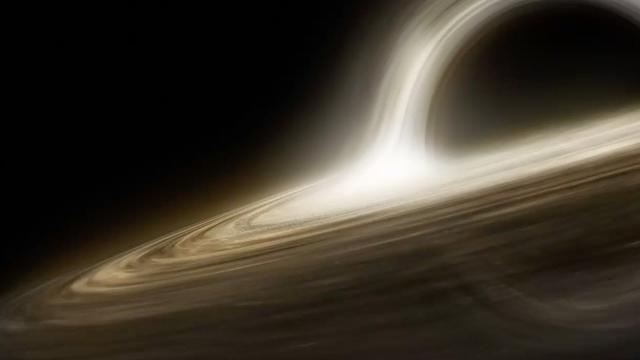
Binary star system surprisingly found near monster black hole
Added 55 Views / 0 LikesA pair of stars orbiting one another has been found near the supermassive black hole Sagittarius A* using the European Southern Observatory’s Very Large Telescope (ESO’s VLT). Full Story: https://www.space.com/first-binary-stars-sgrA-black-holeCredit; ESO
-
09:47

Blastoff! SpaceX launches next-gen US spy satellites from California, nails landing
Added 58 Views / 0 LikesA SpaceX Falcon 9 rocket launched the NROL-149 for the National Reconnaissance Office (NRO) from Vandenberg Space Force Base on Dec. 17, 2024 at 8:19 a.m. EST (1319 GMT; 5:19 a.m. local California time). Full Story: https://www.space.com/space-exploration
-
09:03
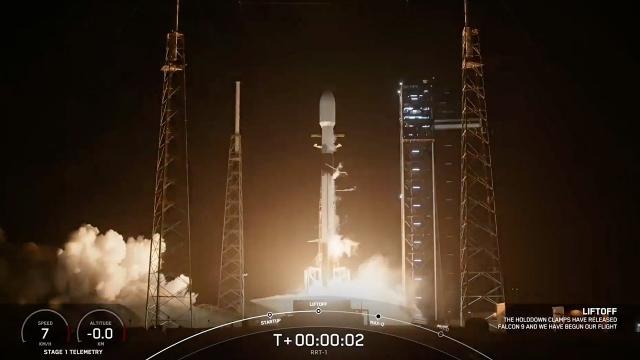
Blastoff! SpaceX launches mysterious RRT-1 mission, nails landing at sea
Added 67 Views / 0 LikesA SpaceX Falcon 9 rocket launched the RRT-1 mission from Cape Canaveral Space Force Station in Florida on Dec. 16, 2024 at 7:51 p.m. EDT (0051 on Dec. 17). According to Space.com, many space observers think the RRT-1 mission will send an advanced GPS sate
-
16:55

SpaceX CRS-31 Dragon spacecraft drifts away from space station after undocking
Added 54 Views / 0 LikesSpaceX's CRS-31 Dragon cargo capsule undocked from the International Space Station on Dec. 16, 2024 at 11:05 a.m. EST (1605 GMT). See footage of the capsule post-undocking here. Credit: NASA
-
01:04
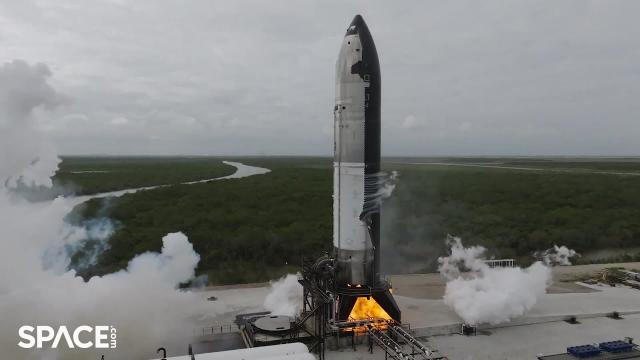
SpaceX fires up flight 7 Starship in preparation for launch
Added 52 Views / 0 LikesSpaceX conducted a static fire test of their flight 7 Starship on Dec. 15, 2024. The test occurred at Starbase in south Texas.Credit: Space.com | footage courtesy: SpaceX | edited by [Steve Spaleta](https://x.com/stevespaleta)
-
08:59
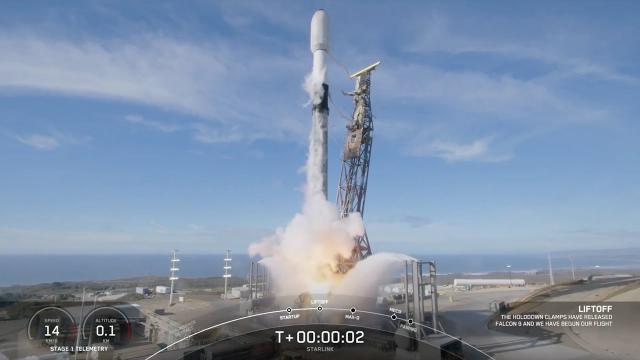
Blastoff! SpaceX launches 22 Starlink satellites from California, nails landing
Added 56 Views / 0 LikesA SpaceX Falcon 9 rocket launched 22 Starlink satellites from Space Launch Complex 4 East (SLC-4E) at Vandenberg Space Force Base in California on Dec. 13, 2024. Full Story: https://www.space.com/space-exploration/launches-spacecraft/spacex-launching-22-s
-
03:58
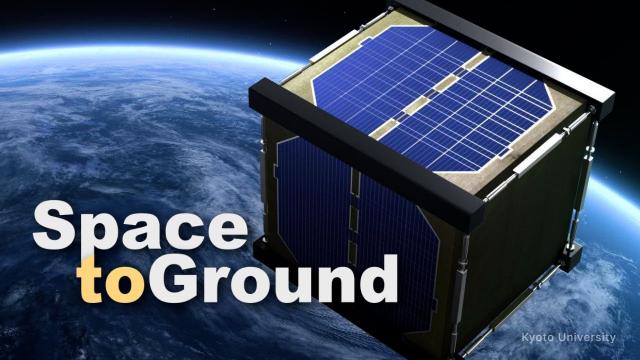
Space to Ground: A Wooden Satellite Dec. 13, 2024
Added 46 Views / 0 LikesNASA's Space to Ground is your weekly update on what's happening aboard the International Space Station. Got a question or comment? Use #AskNASA to talk to us.Learn more about the important research being operated on Station:https://www.nasa.gov/iss-scien
